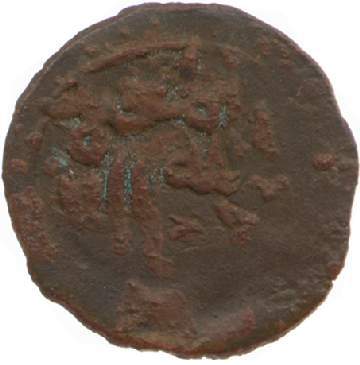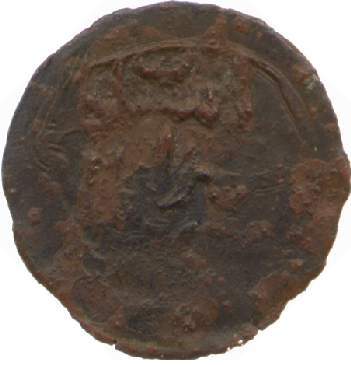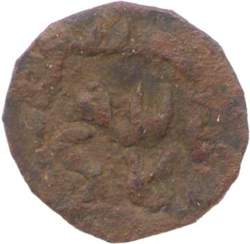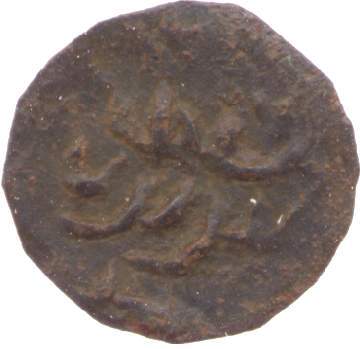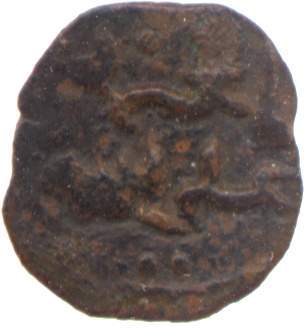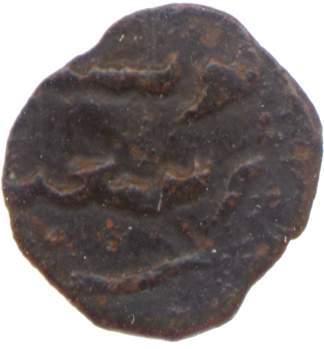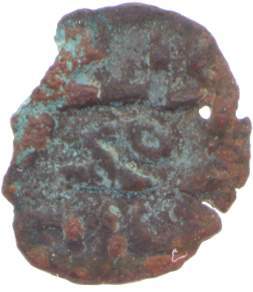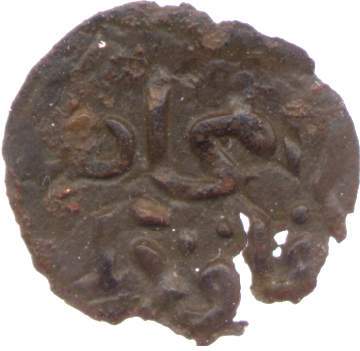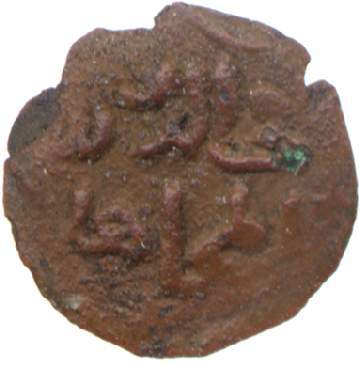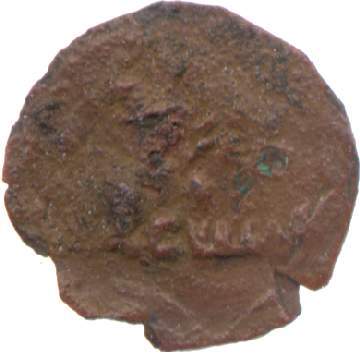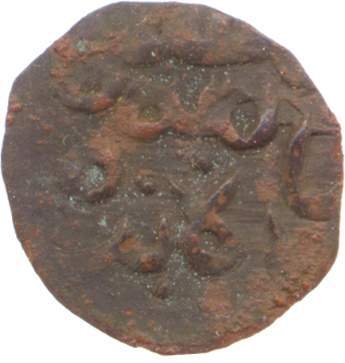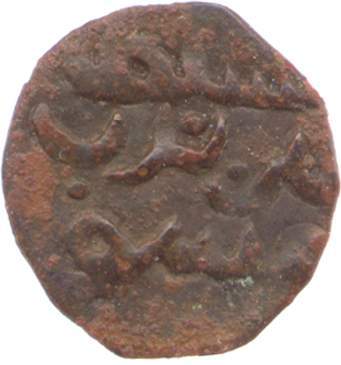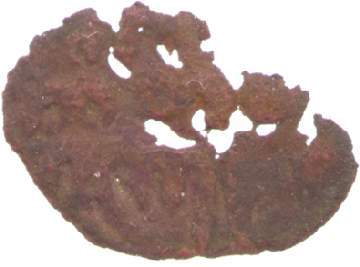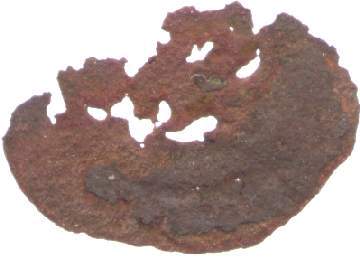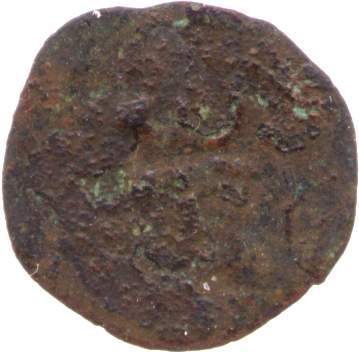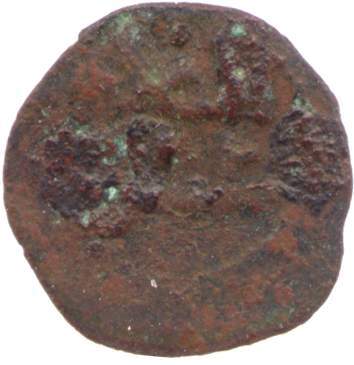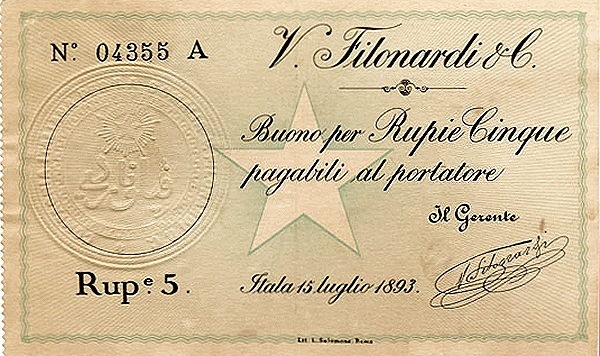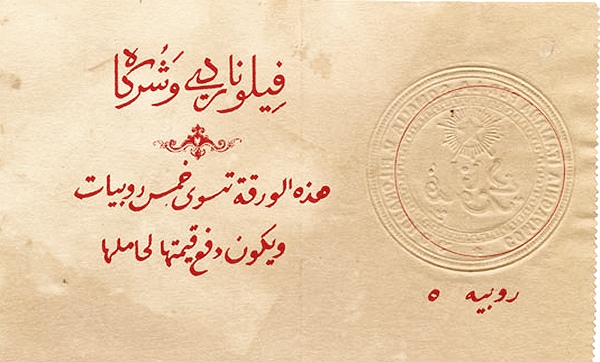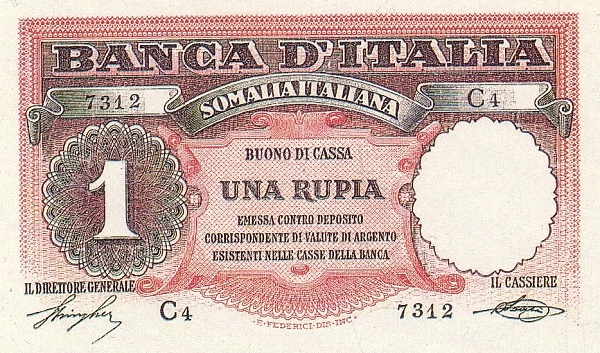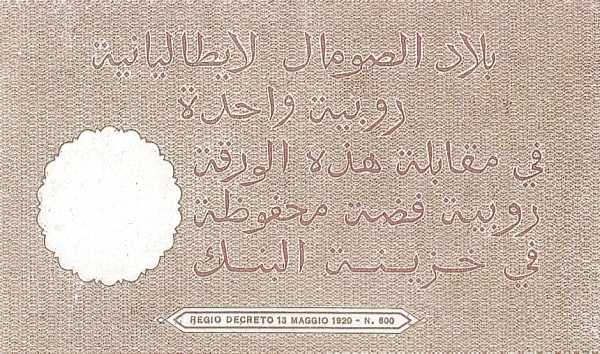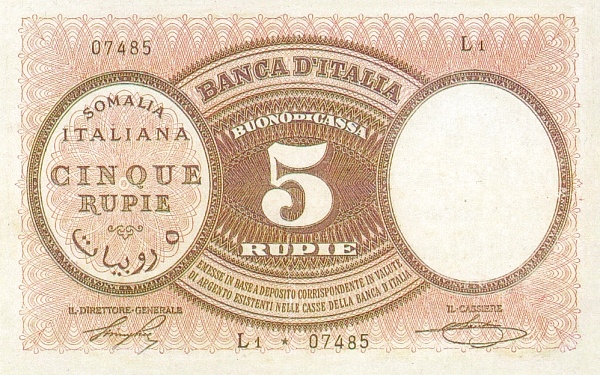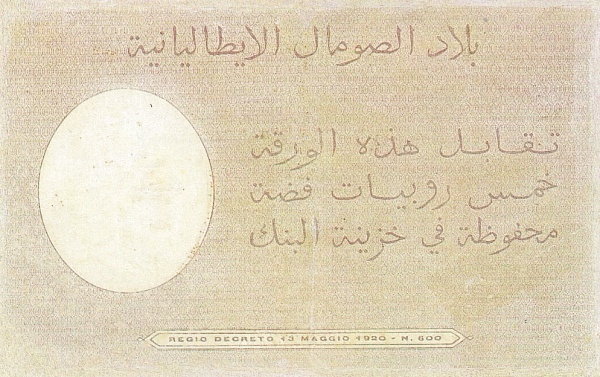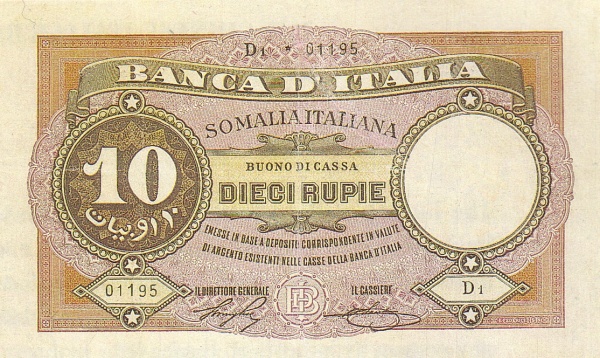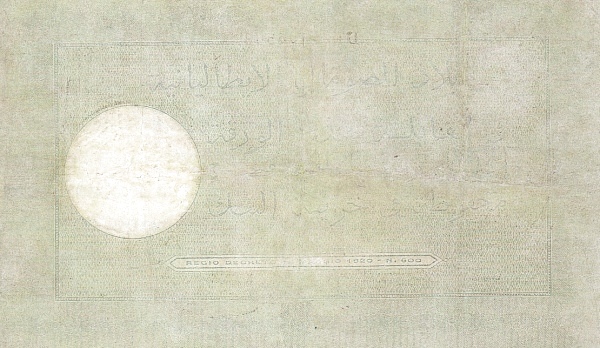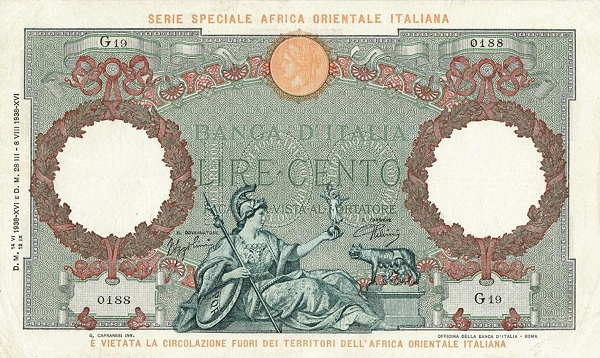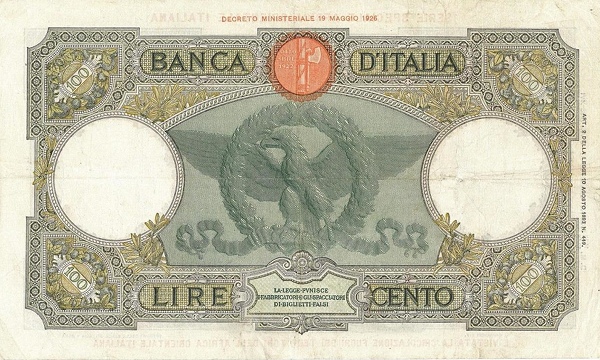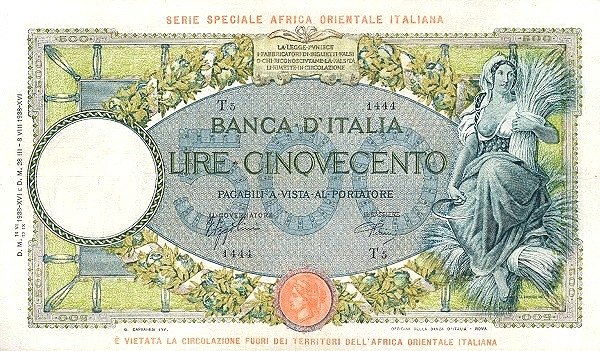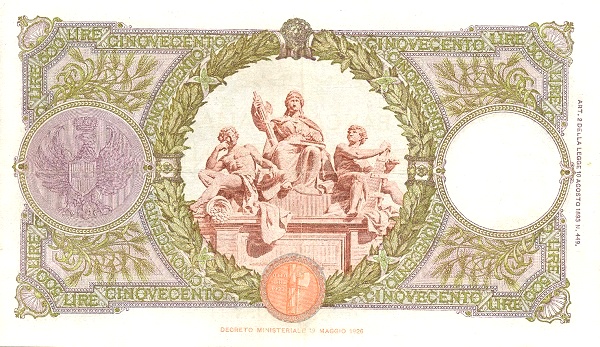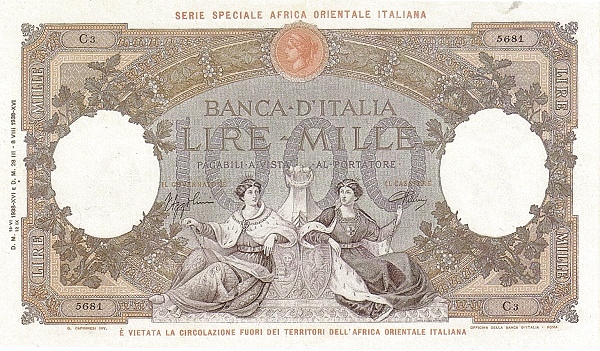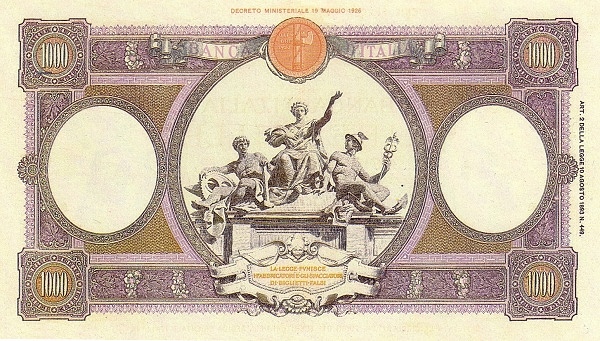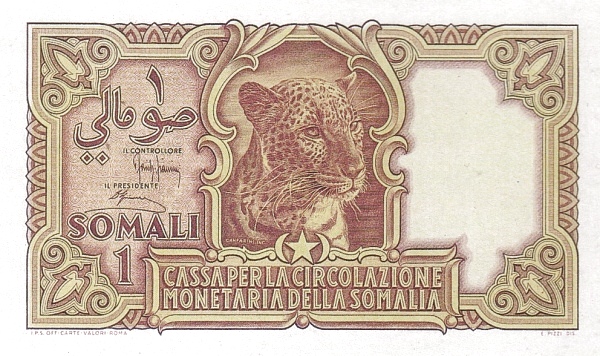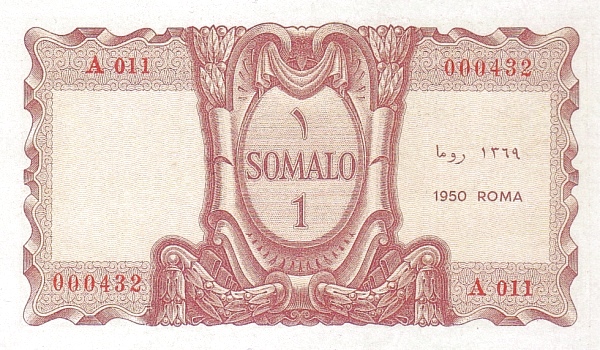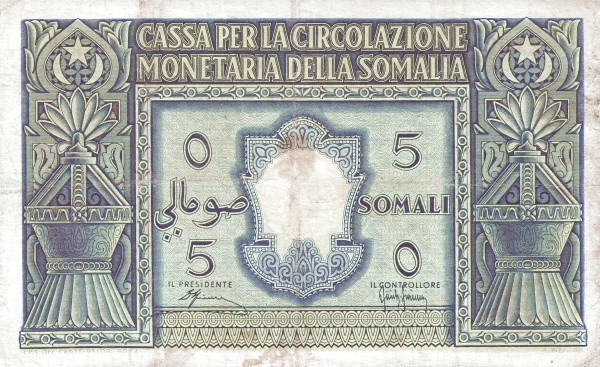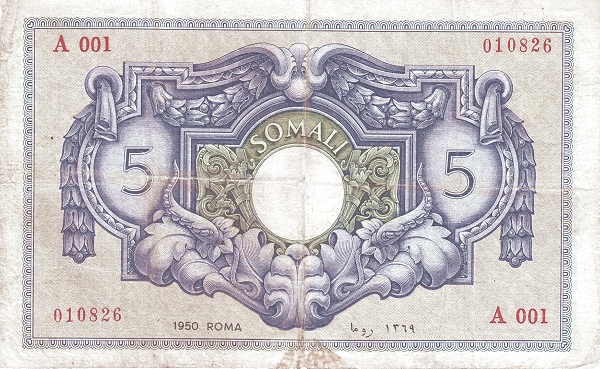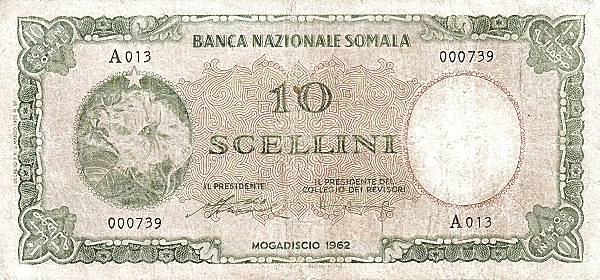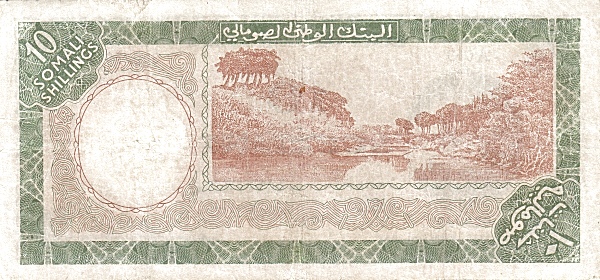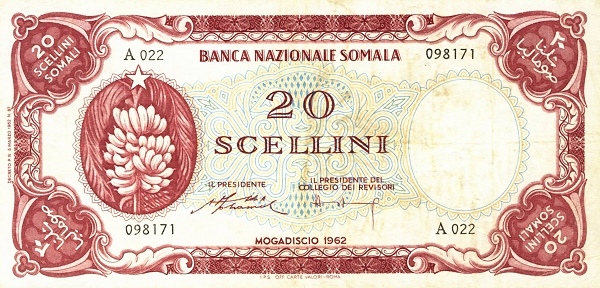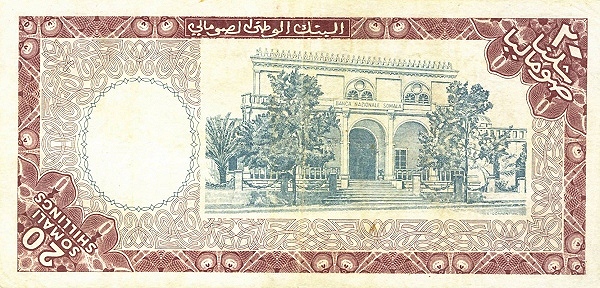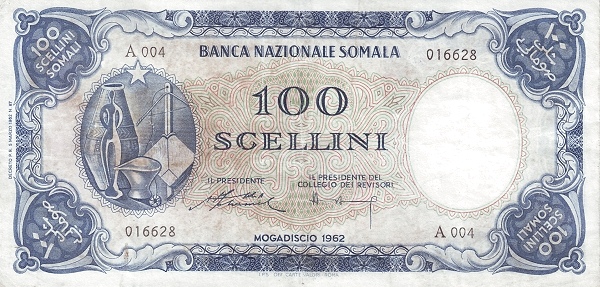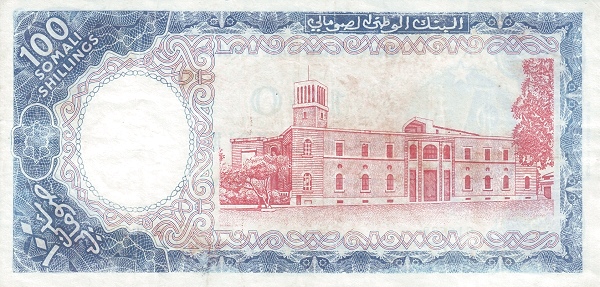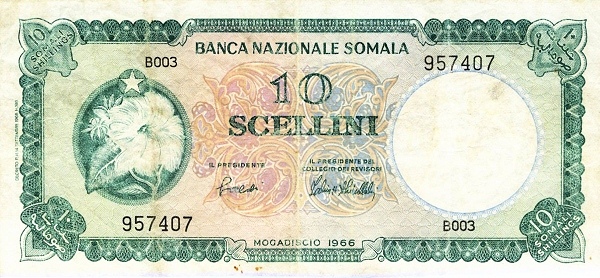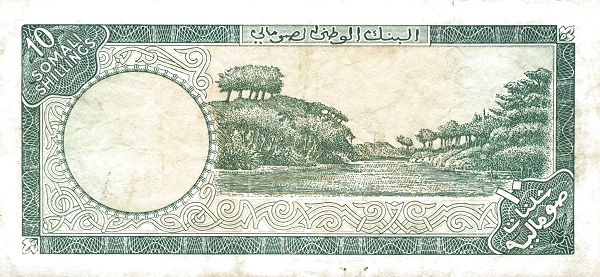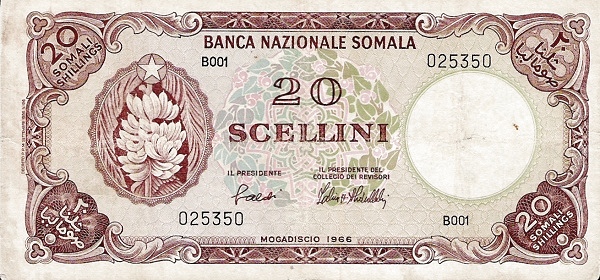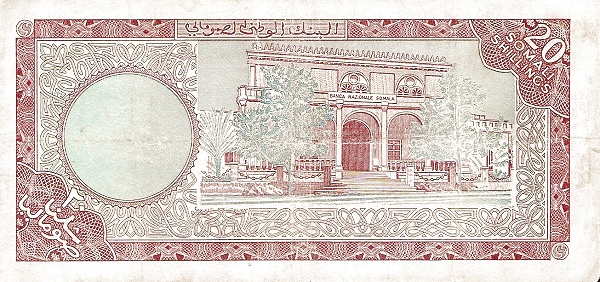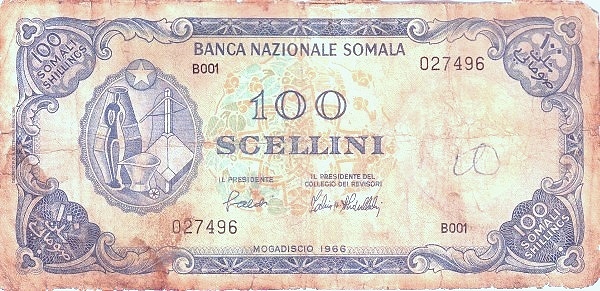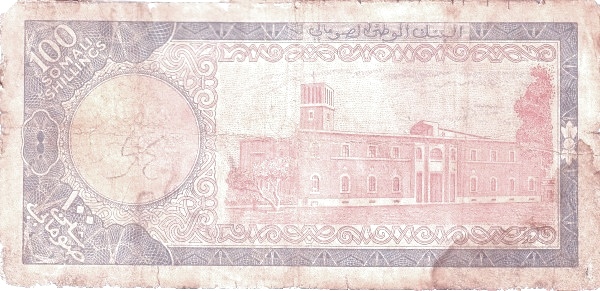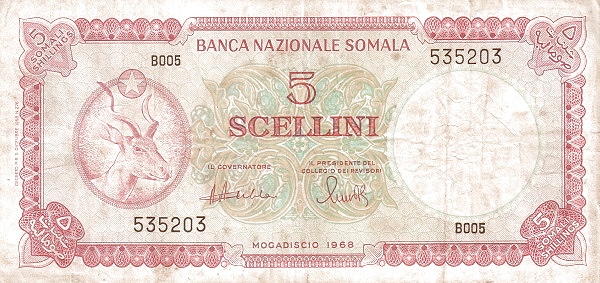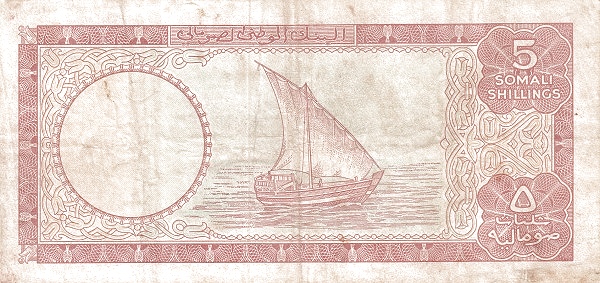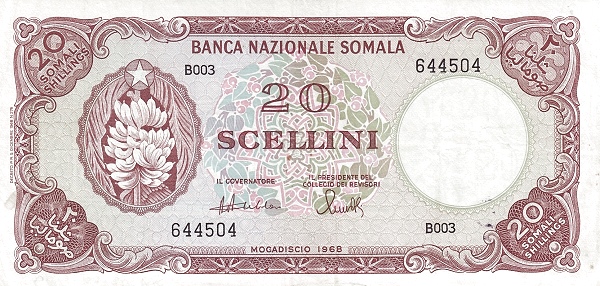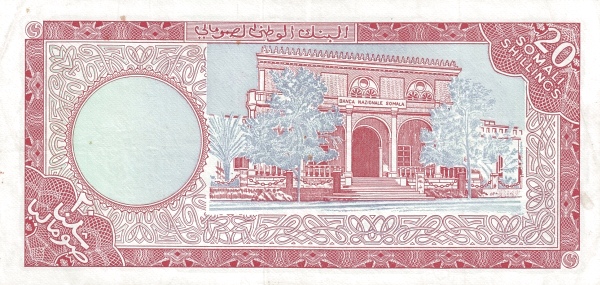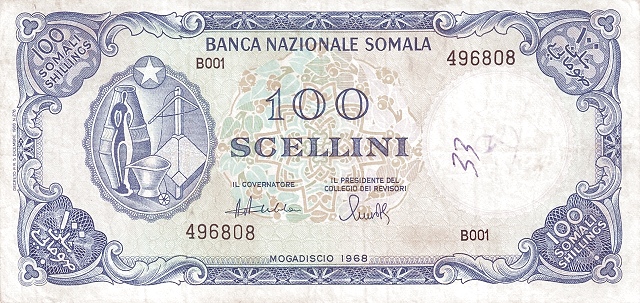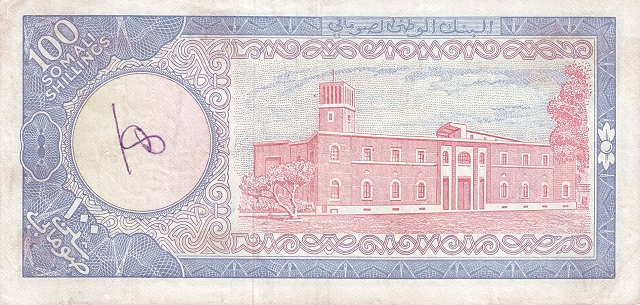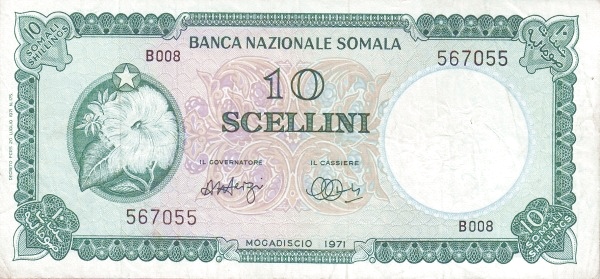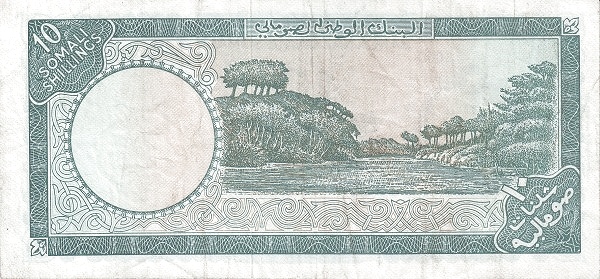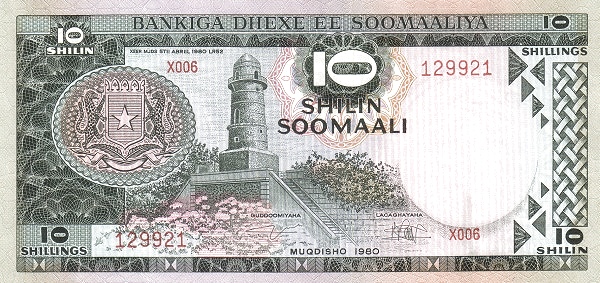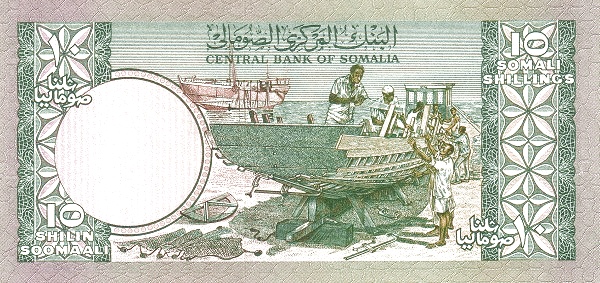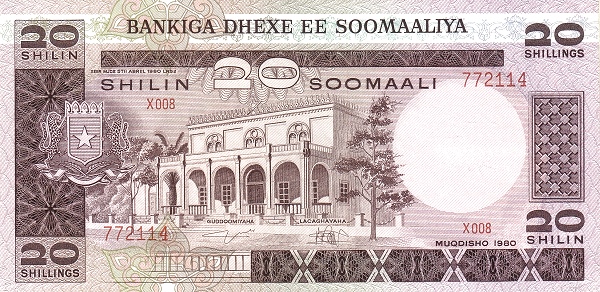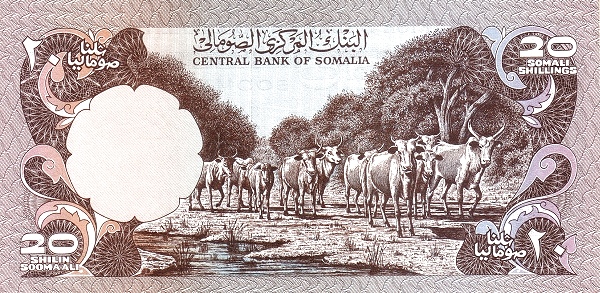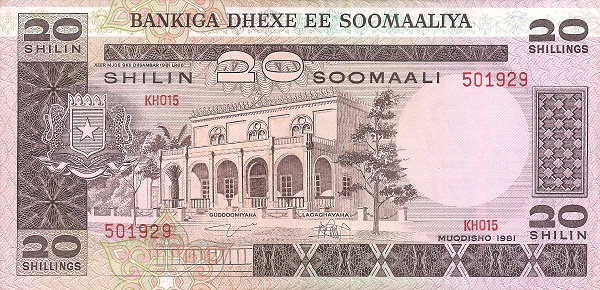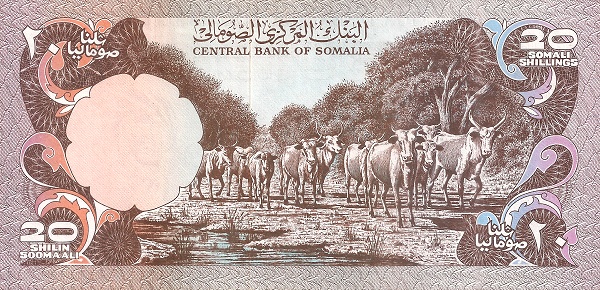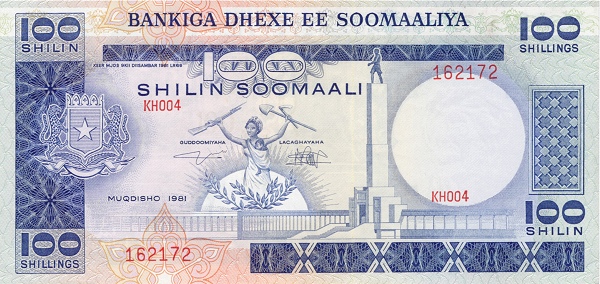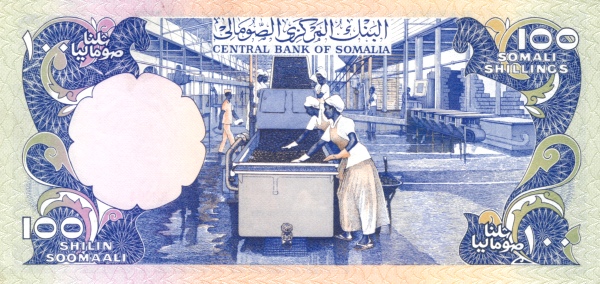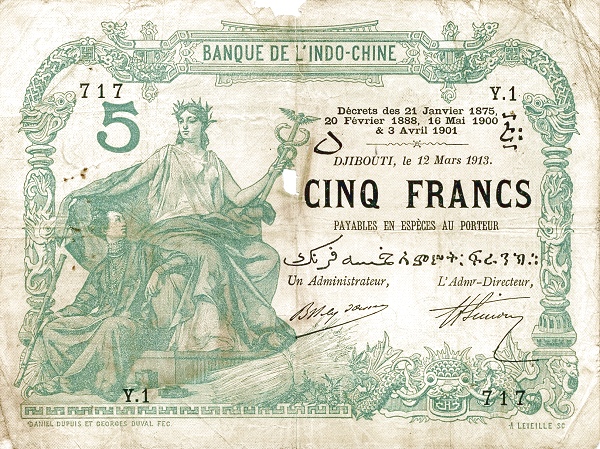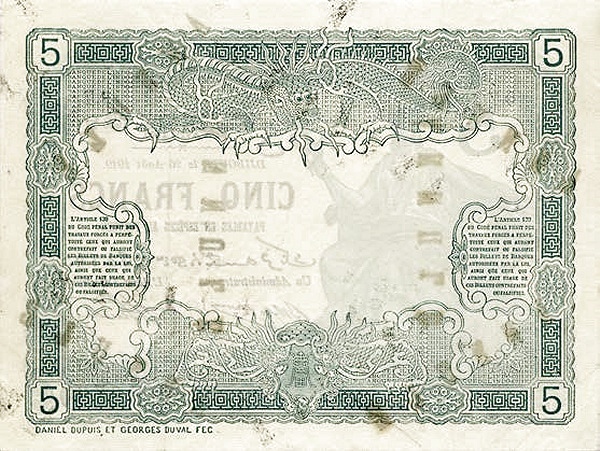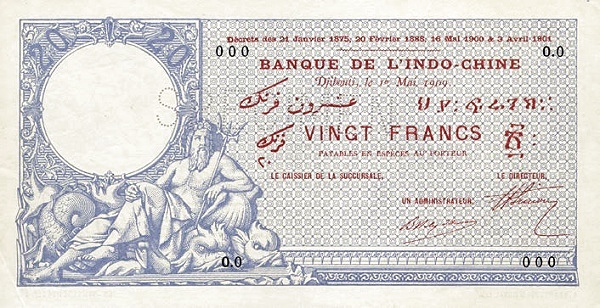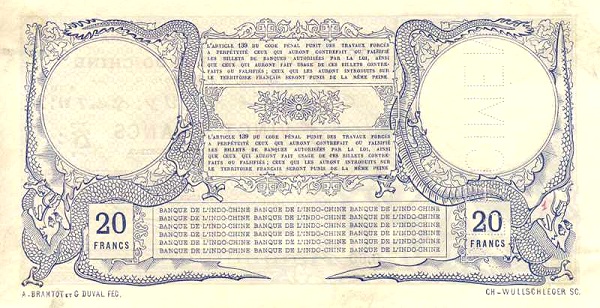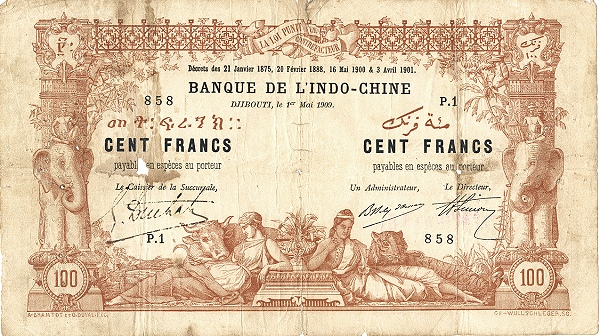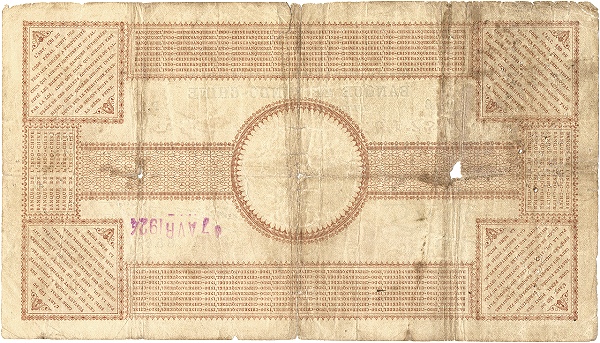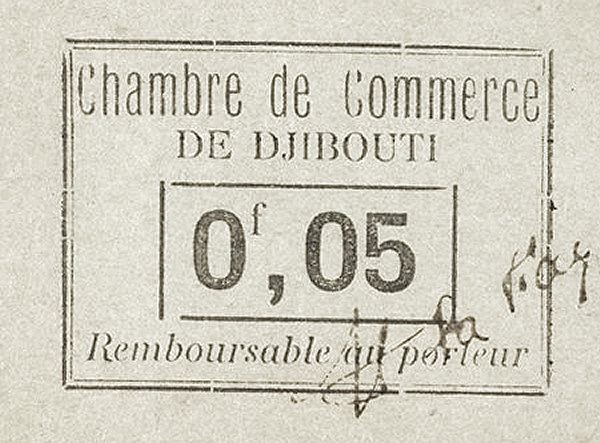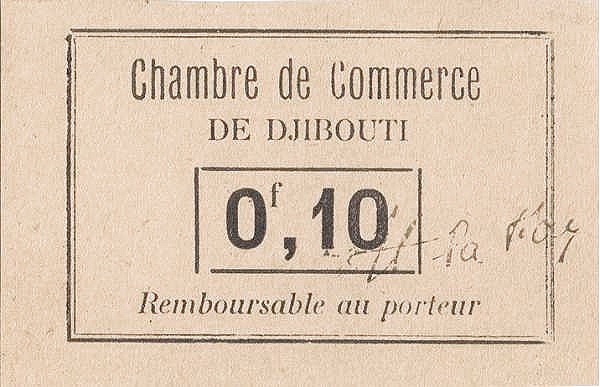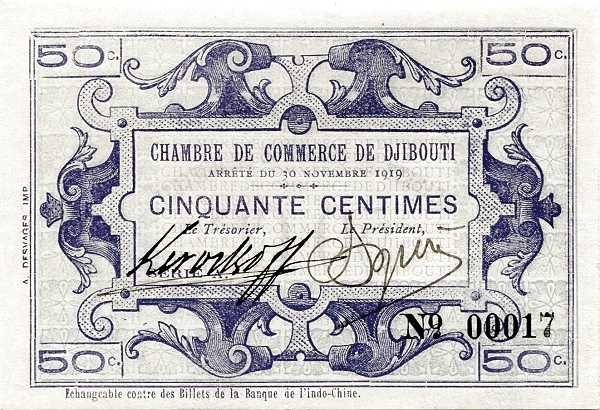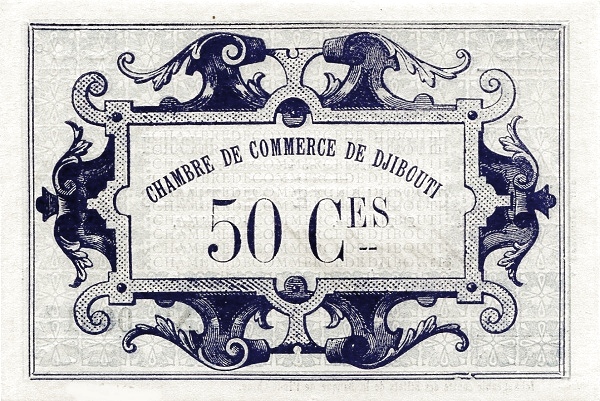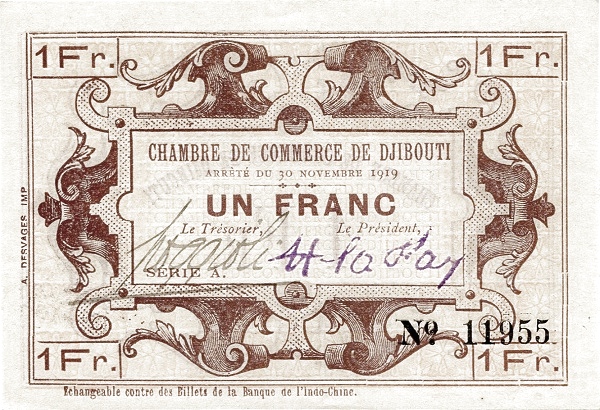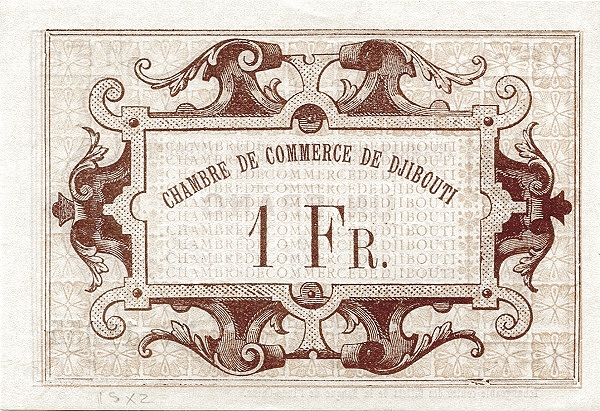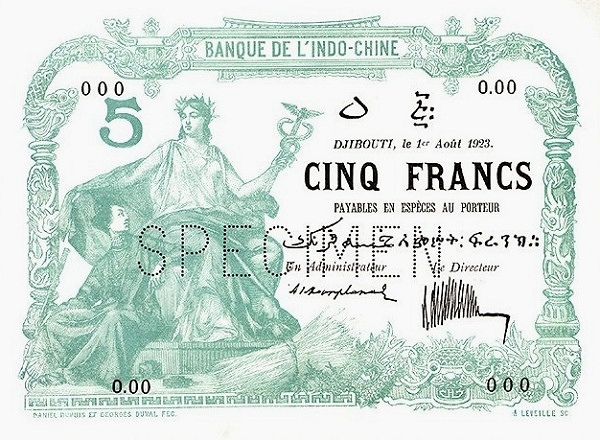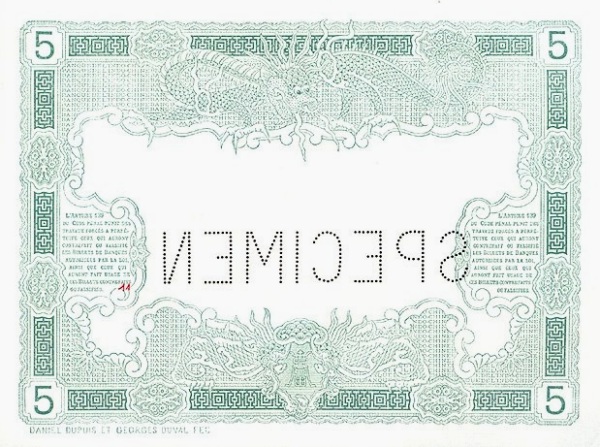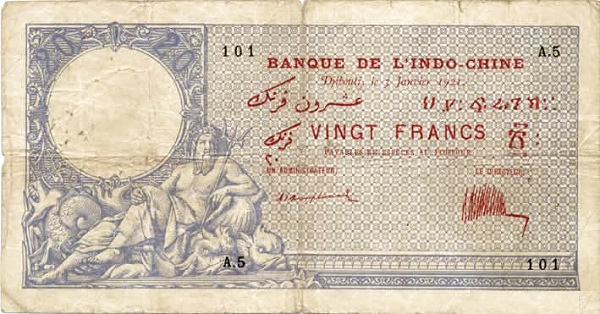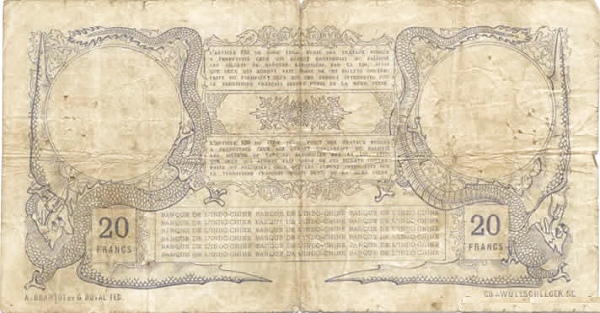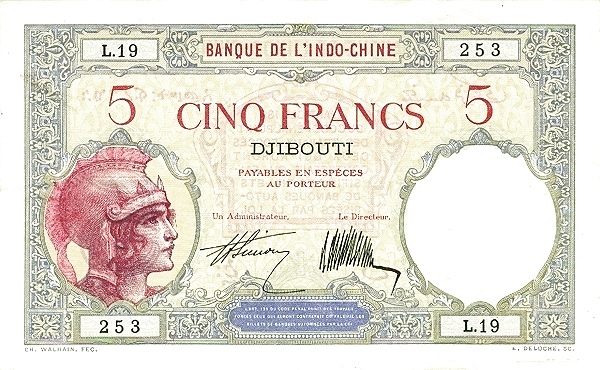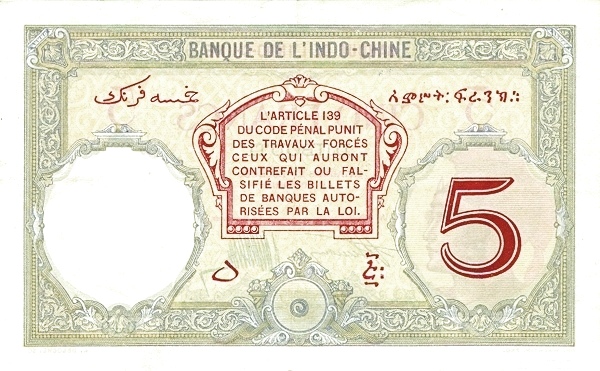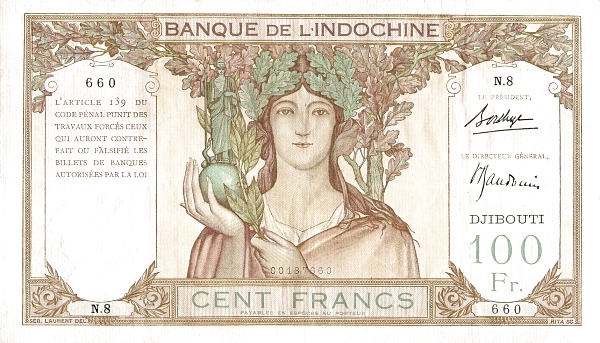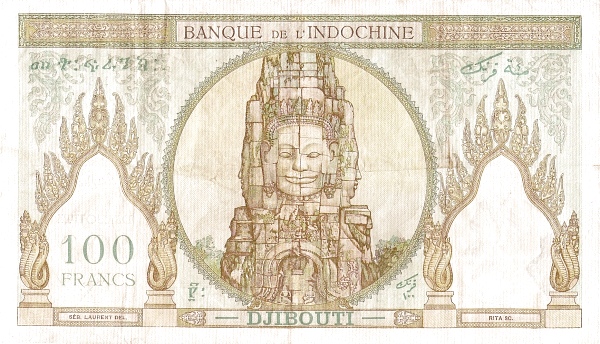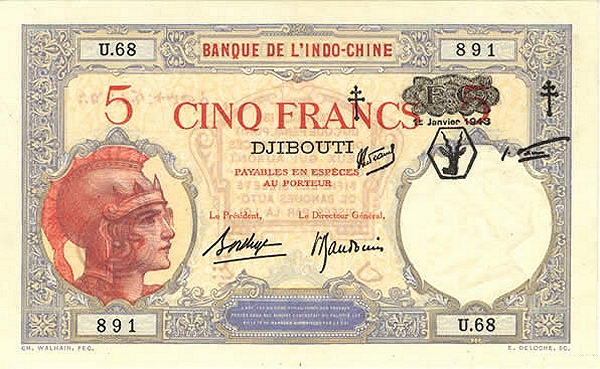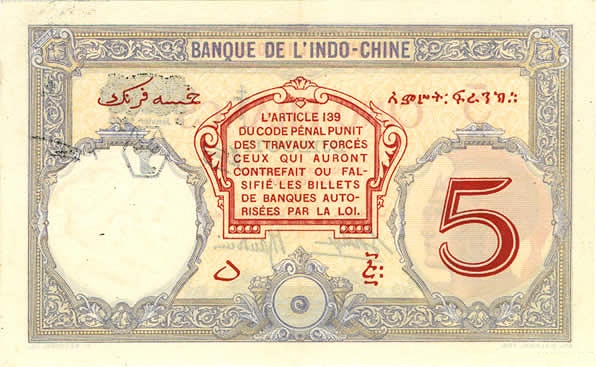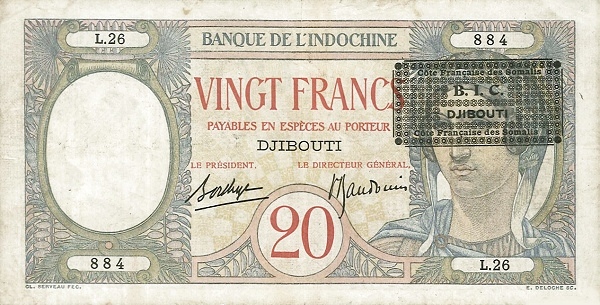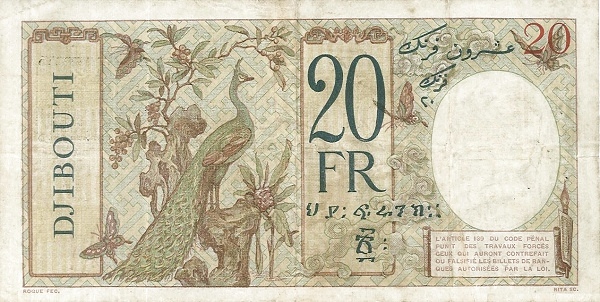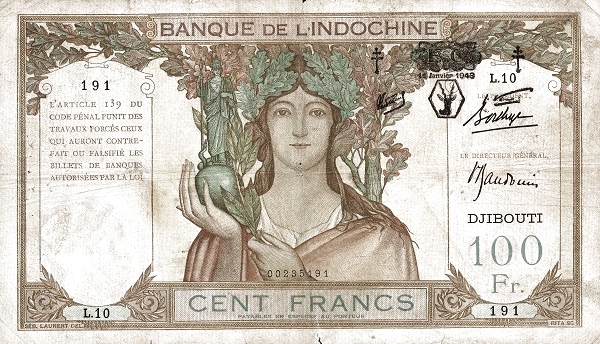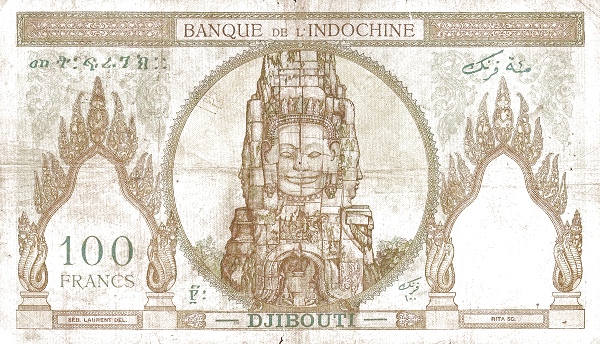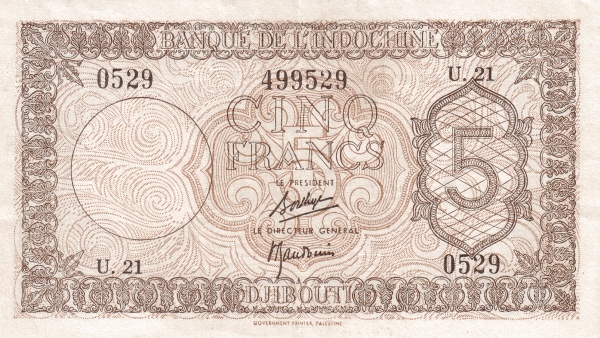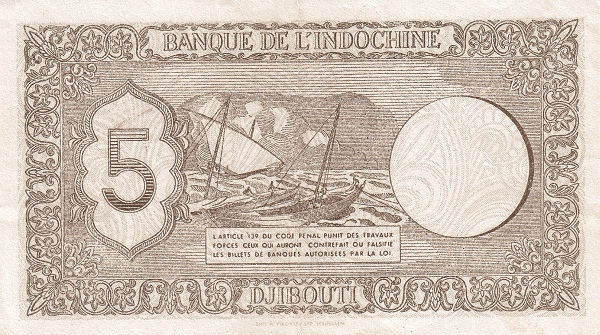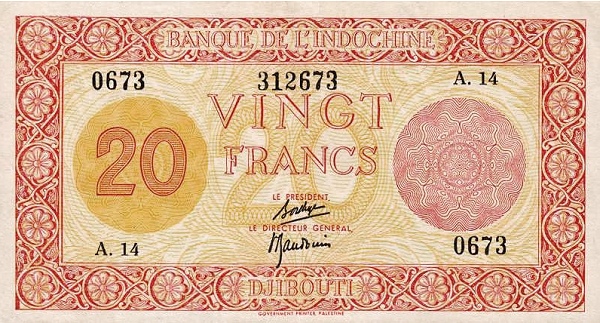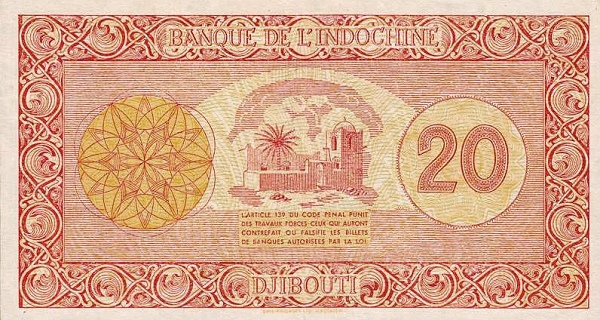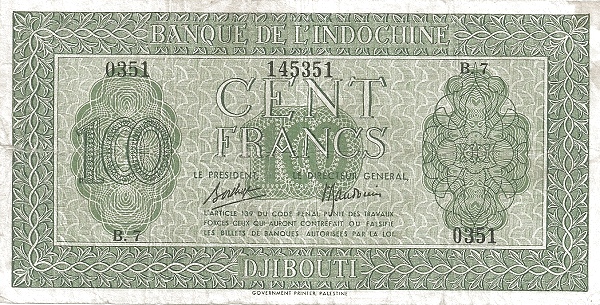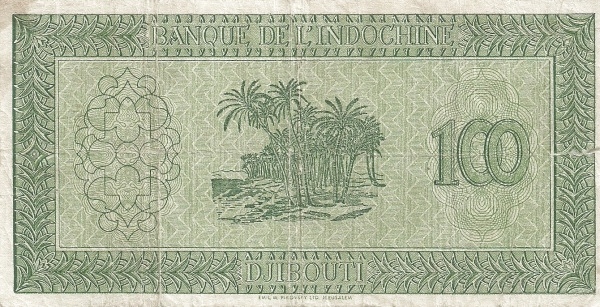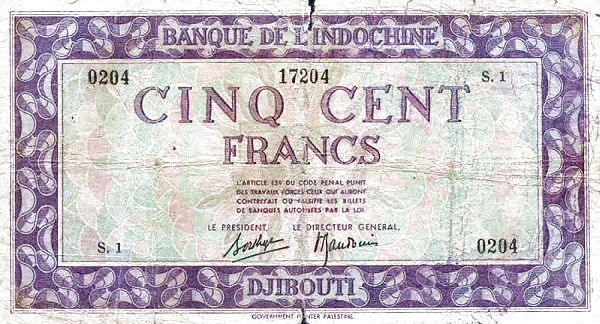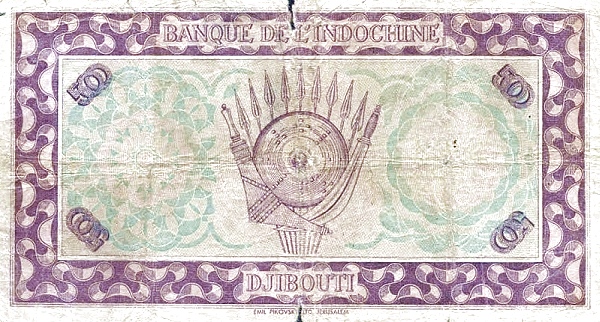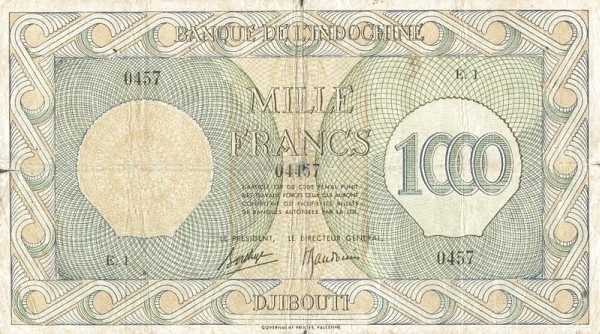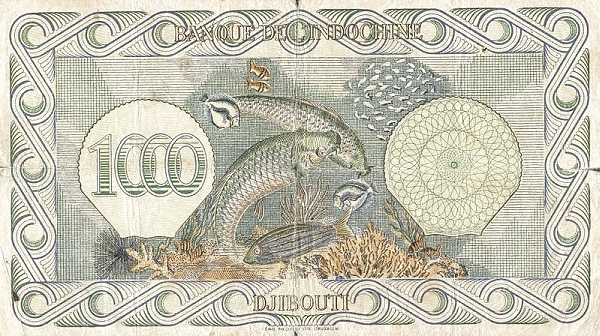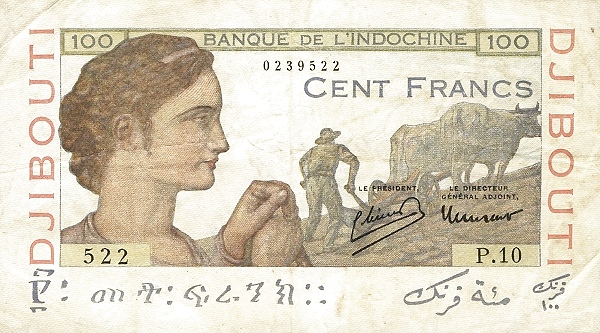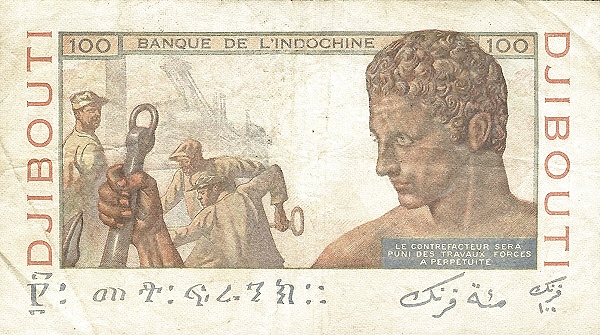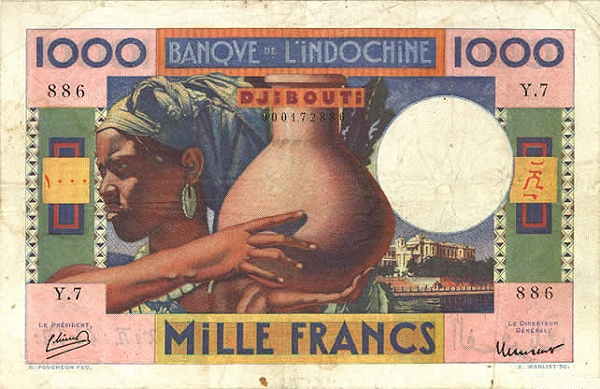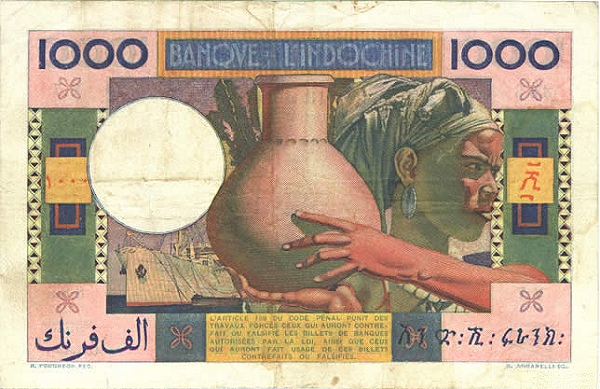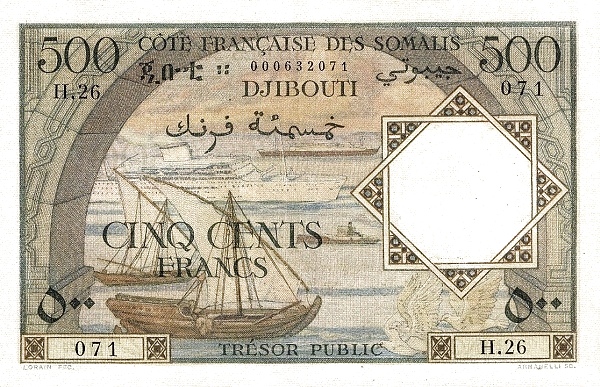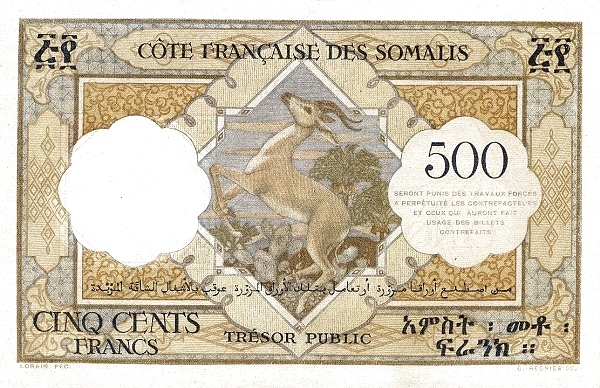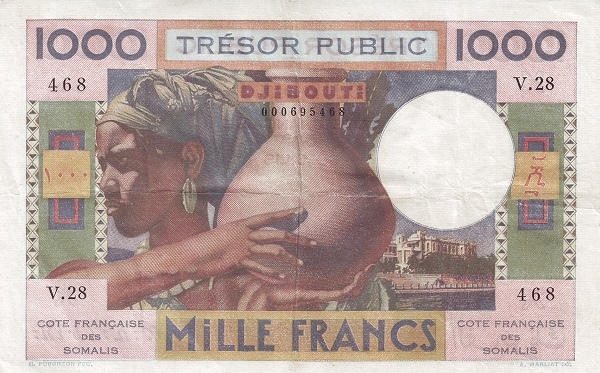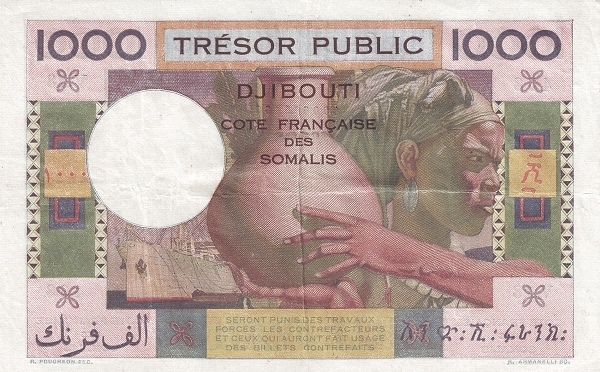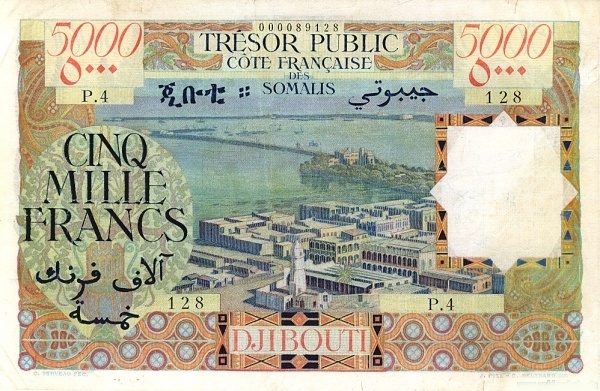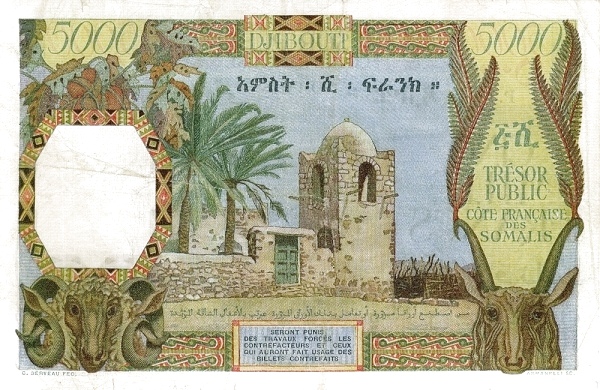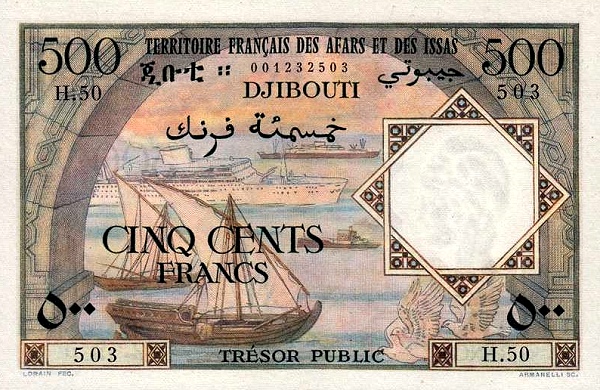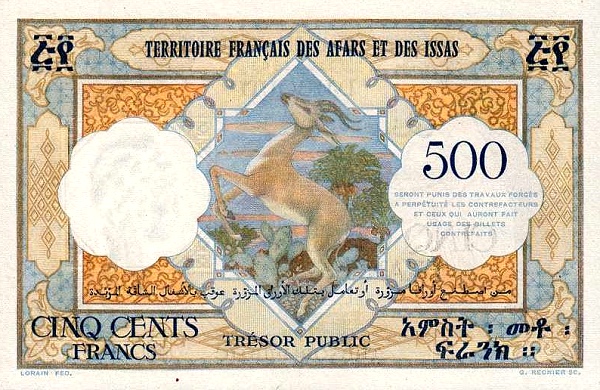Some of the coins with their inscriptions (detailing the ruler) I have found, others are anonymous for example this coin.
- Unknown ruler
Coins that I cannot find;
Sultan `Abd al-`Aziz,
Sultan Al Dibir,
Sultan Abu Bakr b. Fakhr ad Din,
Sultan Abu Bakr b. Muhammad,
Sultan Al Bahuq,
Sultan Rasul B. Ali
Sultan Malik B Sa'id.
Sultan al-Taufiq ibn Sa'ad
Sultan al-Malik Faq
Sultan Sulaiman
Sultan Ahmad ibn 'Ali
Sultan Baha-allah al-Sabr
EAST AFRICAN COIN FINDS AND THEIR HISTORICAL SIGNIFICANCE
By G. S. P. FBEEMAN-GRENVILLE 1960
"In his account of his visit to Mogadishu Ibn Battuta emphasizes the
northern trade connexion of the town with Syria and especially with
Egypt. Even the surname of the Qadi is al-Misri, the Egyptian. The
Mogadishu coins now available include one dated billon, or base silver,
specimen which is a variant of Abu Bakr ibn Muhammad, which the writer
was at first inclined to ascribe to one or other of the two rulers of that name
of Pate in the fifteenth and sixteenth centuries: this is clearly wrong, for
the coin bears the date A.H. 722 =A.D. 1322.
Like the Kilwa series it has a
rhyme, but on this occasion on the obverse only:
yathiku/bi'l-ahad al-samad/Abu Bakr ibn Muhammad.
. . . trusts/in the one Eternal (God)/Abu Bakr son of Muhammad.
Eleven other of the Mogadishu rulers used rhymes in the Kilwa manner,
while the similarity of appearance of their issues to those of Muhammad
ibn Sulaiman of Kilwa (1412-22) suggests a later dating than the issues of
Abu Bakr ibn Muhammad. Unlike him, but like the Kilwa issues, they
bear no date. Thus it would appear probable that the adoption of this
fashion in Mogadishu is in imitation of Kilwa, rather than directly, if this
may be correct, of Egypt.
Perhaps the most interesting of the new finds at Mogadishu are a series
of eleven rulers whose coins bear the tughra, the beautiful decorative
monogram characteristic of Turkish coinage which first made its appearance
in I402. The Turks did not capture Cairo until 15I7, and did not take
the Yemen until I547. It is unlikely that the fashion should have spread to
Mogadishu before then. Monclaro records Turkish raids as far as the
vicinity of Malindi in I569, while the incursions of the Amir 'Ali Bey as
far as Mombasa and Pemba in I587-9 represented for a time a serious
threat to Portuguese hegemony. It may perhaps be correct to regard the
adoption of this fashion at Mogadishu as a bold assertion both of her independence
of the Portuguese, whom she never acknowledged, and of her
sympathy with Turkish aims. It seems probable that these issues continued
into the seventeenth century, but there is no record that Mogadishu ever
more than formally acknowledged the Turkish Caliphs. Apart from the
evidence of these coins, we have only Portuguese information as to Turkish
activities, and it is to be hoped that someone may be inspired to search
Turkish sources, and to determine their aims and activity more precisely.
Certainly the Portuguese feared a renewal of Turkish activity far into the
seventeenth century."
"COINS FROM MOGADISHU, c. 1300 to c. 1700 -
During 1957 the late Dr. John Walker, Keeper of Coins and Medals in the
British Museum, arranged for me to have access to an important private collection
of coins in Mogadishu, the capital of Somalia, amounting to over 7,500 pieces.
These have now been studied in conjunction with the collection of the Mogadishu
Museum, a small collection in the British Museum, a description'of some coins
found in Somalia by Professor Enrico Cerulli, of Rome, and some specimens of
Mogadishu origin found in Tanzania, at Kilwa and in the Mafia Islands. This
work has presented considerable technical difficulties, but it is now at press
and will shortly be published in the Numismatic Chronicle, 1964. An offprint
of the work will be placed in the Iibrary.
This study is important for a number of reasons. It includes the first dated
coin from East Africa, dated 1322. It shows that the coinage of Mogadishu was
related to the coinage of Kilwa, in that both coinages have the characteristic
rhyme between the legends of the obverse and reverse. It appears to show that
when the Turkish naval commander Amir A)i Bey raided the East African coast
in the late 16th Century, Mogadishu was able to defy the Portuguese for a long
period, perhaps the whole of the 17th Century, in employing a local coinage
which followed the Turkish pattern, thus proclaiming an attitude of independence
in regard to the Portuguese. It includes no less than twenty-six rulers of whom
all but three are new both to numismatics and to history."
AJURAN CURRENCY;
Ajuran currency was an old coinage system minted in the Ajuran Sultanate. The polity was a Somali Muslim kingdom that ruled over large parts of the Horn of Africa during the Middle Ages.[1] The Ajuran Sultanate maintained an active commercial network with other contemporaneous polities in the Arabian peninsula, Near East and Central Asia. Many ancient bronze coins inscribed with the names of Ajuran Sultans have been found in the coastal Benadir province in southern Somalia, in addition to pieces from the Sultanate's Islamic trading partners in Southern Arabia and Persia.
DO NOT POST YET
